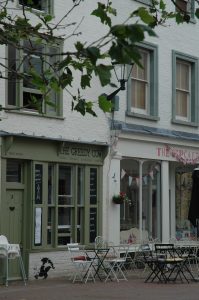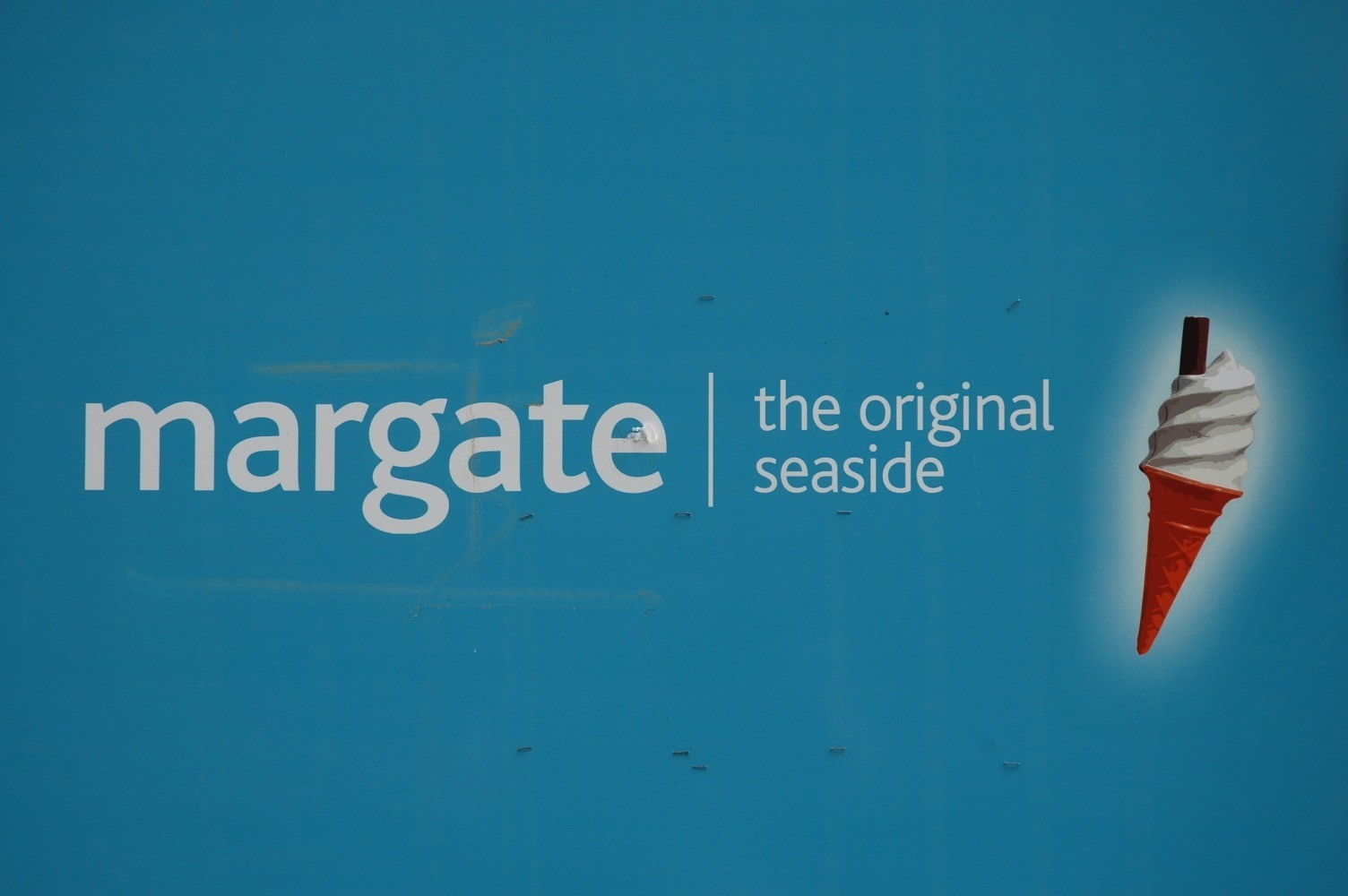One evening a week or so back I went to the Portas pilot meeting in Margate. Mary Portas was there in person. It was held at the old Woolworths shop in the High Street which had displays showing the elements that had made up Margate’s winning bid. It was pretty good. The town team’s plan included bringing Education back into the town, putting empty shops to good use and using green, open spaces for people to meet and relax.
 Mary made a speech. She explained that the High Street was not just about shops – it was also about where people connected with each other and socialized – you might only be carrying out a trivial errand, she told us, but when that takes place in the high street it might lead to a conversation with someone else and life begins to return to a town. It seemed to me that what this was driving at was a sustainable Margate – sustainable in the sense that people could work, live and be entertained in the same locality.
Mary made a speech. She explained that the High Street was not just about shops – it was also about where people connected with each other and socialized – you might only be carrying out a trivial errand, she told us, but when that takes place in the high street it might lead to a conversation with someone else and life begins to return to a town. It seemed to me that what this was driving at was a sustainable Margate – sustainable in the sense that people could work, live and be entertained in the same locality.
Sustainability is a much used term nowadays but sustainable qualities make for interesting towns – not that this idea is particularly new – a generation ago the town was thriving and was made up of all the things needed for it to function. In fact it seemed to have everything, including more guest houses and hotels than you could shake a stick at – and even more businesses that supplied them. It even had its own ice cream factory.
Since then, Britain has changed the way it uses its seaside towns and, in Margate’s more recent history, the main high street has effectively been moved a few miles away to the thriving Westwood Cross.
Mary discussed this displacement of High Street and its effect on the identity of a town and the idea that displacement could be reversed gave the evening a positive feel. The evening wasn’t without debate of course, some felt that televising the meeting was a negative idea which could lead to some one sided reporting. And that’s a point not to be glossed over – watching the negative elements of reality TV has become a national pass time, but the main point for me was that this discussion wasn’t taking place over the internet or at an out of town conference centre but on a weekday evening in the middle of Margate High Street.
 Are these the signs of a high Street rebuilding? The seeds of a sustainable Margate might just be being sewn here – people, shops AND the town’s identity maybe on the way back!
Are these the signs of a high Street rebuilding? The seeds of a sustainable Margate might just be being sewn here – people, shops AND the town’s identity maybe on the way back!


